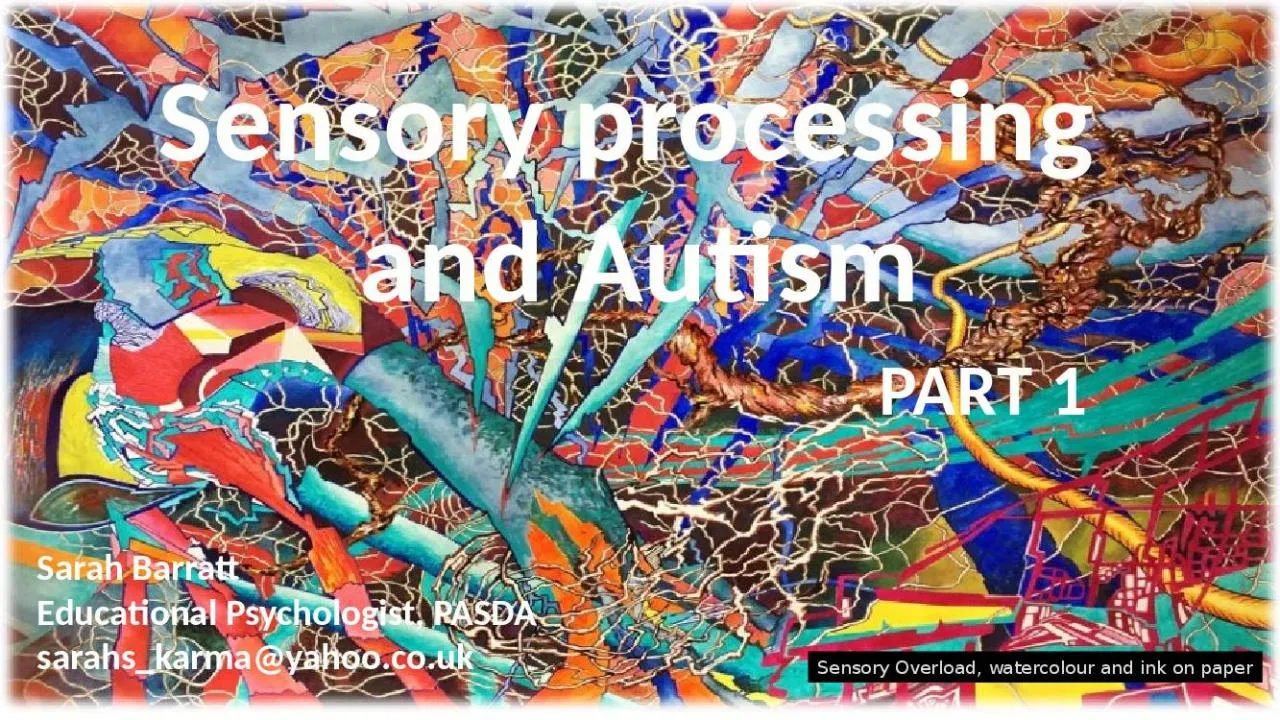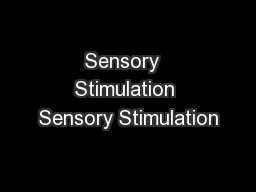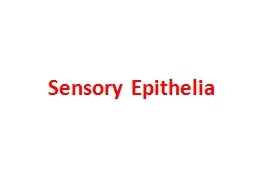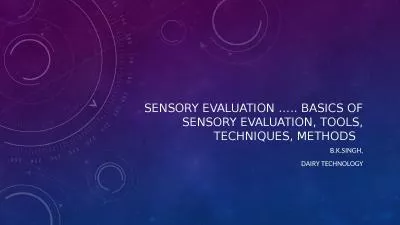PPT-Sensory Overload, watercolour and ink on paper
Author : anastasia | Published Date : 2022-05-31
Sensory processing and Autism Sarah Barratt Educational Psychologist PASDA s arahskarmayahoocouk PART 1 outl ine Our Sensory systems Sensory processing Is it sensory
Presentation Embed Code
Download Presentation
Download Presentation The PPT/PDF document "Sensory Overload, watercolour and ink on..." is the property of its rightful owner. Permission is granted to download and print the materials on this website for personal, non-commercial use only, and to display it on your personal computer provided you do not modify the materials and that you retain all copyright notices contained in the materials. By downloading content from our website, you accept the terms of this agreement.
Sensory Overload, watercolour and ink on paper: Transcript
Download Rules Of Document
"Sensory Overload, watercolour and ink on paper"The content belongs to its owner. You may download and print it for personal use, without modification, and keep all copyright notices. By downloading, you agree to these terms.
Related Documents














